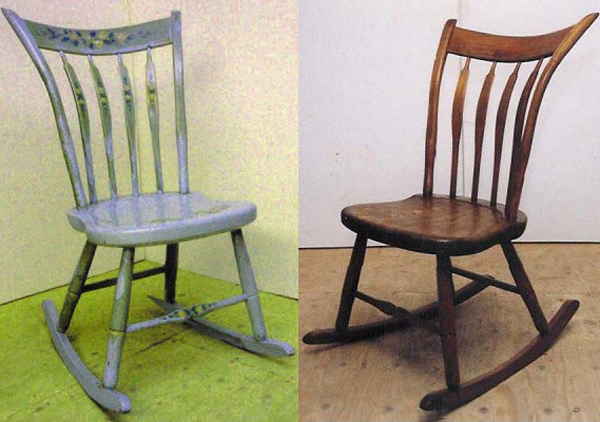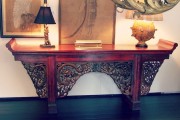You have just found the perfect piece of furniture for your living room at the right price at a garage sale and all it needs is a little bit of additional care. However, it is important to keep in mind that a small side project can easily turn into a time-consuming chore, depending on your restoration skills and the free time you have to get the job done. The more complex the piece, the longer it will take you to get it right. So, before delving into this responsibility, make sure your schedule is not swamped with responsibilities.

Here are some antique restoration tips to help you get the job done right.
Inspect and research to determine the value of the piece before you start the antique restoration process. Check for labels or marks that may show its origin. In case you suspect it’s worth, consult a professional before you start working on it.
Establish a budget. Once you’ve determined whether your piece is worth any money or not, the next step is to decide how much you want to invest in it. Although the idea of furniture restoration may get you pretty excited, if it turns out that the piece does not have much value, you will need to determine how important it is to you. Take into consideration if it can be repaired relatively inexpensively, if it is worth your time and if it will cost you less than getting a new piece.
Decide what you want it to look like. It had happened so many times to many restorers. They buy a piece of furniture on a garage sale, thinking its colour will perfectly match the rest of their room décor. However, after starting the antique restoration process, they discover that the piece is actually made from lighter-coloured wood and it does not fit the room at all. Fortunately, with a little examination you can get an idea of the colour; examining an unworn area will give you an idea of what the final product would look like.
Safety on top of everything. When it comes to successful antique restoration, make safety a priority. The last thing you want is to accidentally hurt yourself, so make sure you wear proper safety equipment to protect your skin, eyes and lungs.
Clean the antique piece before you start. After years of negligence, it will surely have a patina of dirt and grime. Note that removing the buildup can reveal its nice finish underneath and sometimes a good cleaning is all an old piece needs to look like new again.
Repair or replace any broken parts. Visit antique stores, estate sales and online sites. With a little luck you may be able to find an identical part to replace the broken one. And unless you have some skills, you will need the help of a professional for some tougher repairs.
Refinishing or painting the piece involves removing the old finish and creating a new one. It is quite a physically demanding task, so be ready to use some elbow grease for the job. To remove the old finish use a combination of chemical strippers and sanding. Then, choose the type of stain or paint you want to use. Once you are done with this, make sure to give the piece a good clean to get the ultimate result.


